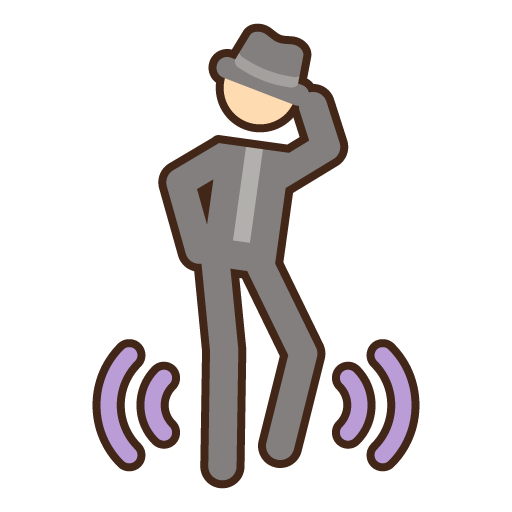Folk dance has always been a universal language that transcends words, geography, and culture. What begins as a local tradition can become a bridge connecting people across countries and continents. In an increasingly globalized world, ethnic dance provides a rare space where community, creativity, and heritage come together. By celebrating movement, music, and shared stories, folk dance unites individuals who might otherwise never meet, fostering understanding and cultural exchange.
A Shared Language of Movement
One of the most powerful aspects of folk dance is its ability to communicate without language. Steps, rhythms, and gestures convey emotions, stories, and values that resonate across borders. Circle dances, hand claps, and coordinated footwork are understood universally, allowing participants from diverse backgrounds to connect instantly. Even without knowing the history or lyrics behind a dance, people can experience its energy, joy, and rhythm, creating a shared understanding that transcends words.
Preserving Cultural Identity While Connecting Globally
Folk dance is rooted in local culture, yet it has the unique ability to travel. Immigrant communities often carry traditional dances to new countries, where they are shared with neighbors, schools, and cultural festivals. These performances allow communities to preserve their heritage while building connections with others who appreciate their traditions. Over time, cultural exchanges emerge, blending styles, music, and choreography in ways that enrich everyone involved. This balance between preserving identity and welcoming innovation helps dance remain both authentic and inclusive.
Festivals and Cultural Exchange Programs
International folk festivals and cultural exchange programs play a key role in bringing communities together. Events like these gather performers from around the world to showcase traditional dances, exchange techniques, and share stories. Audiences experience the richness of global cultures, while performers learn from one another and develop lasting friendships. These gatherings transform folk dance from a local practice into a shared celebration of human creativity, emphasizing both diversity and unity.
Dance as a Tool for Social Cohesion
Folk dance has a long history of fostering social bonds within communities. When brought across borders, it continues to serve this purpose. Participating in group dances encourages cooperation, trust, and mutual respect. People of different ages, ethnicities, and backgrounds come together to coordinate movements, learn from one another, and celebrate achievement collectively. These interactions create bonds that go beyond the dance floor, fostering intercultural friendships and networks that can have lasting social impact.
Education and Youth Engagement
Schools and youth programs around the world increasingly use folk dance as a tool for cultural education and social development. Learning dances from other countries helps children and young adults develop empathy and appreciation for diversity. It also encourages teamwork, coordination, and confidence. By teaching the next generation the value of folk traditions, these programs help sustain cultural exchange and global community building, ensuring that dance continues to unite people long into the future.
Folk Dance in Digital Spaces
Technology has expanded the reach of folk dance even further. Online classes, virtual festivals, and social media allow people to learn, share, and perform together across continents. Even when physical gatherings are not possible, dancers can participate in workshops, challenges, and collaborative performances. These digital connections continue the tradition of cultural exchange, proving that folk dance is not limited by borders — physical or virtual.
A Celebration of Unity and Diversity
Ultimately, folk dance brings communities together by highlighting what we share while honoring what makes each culture unique. It is a celebration of human creativity, resilience, and connection. When people from different countries join in a circle, perform synchronized steps, or share music from their homeland, they experience the joy of collective participation and mutual respect. Folk dance reminds us that, despite differences, we can come together to celebrate life, history, and the rhythms that unite us all.

